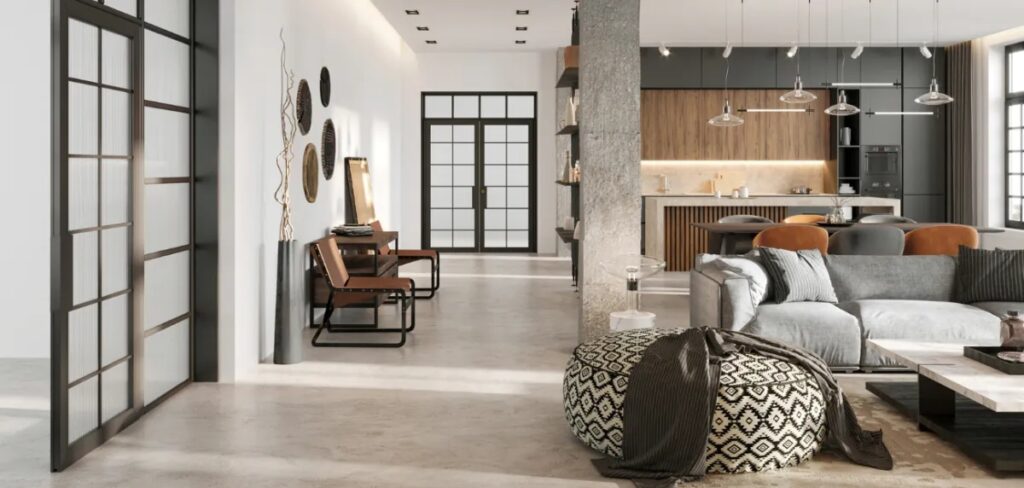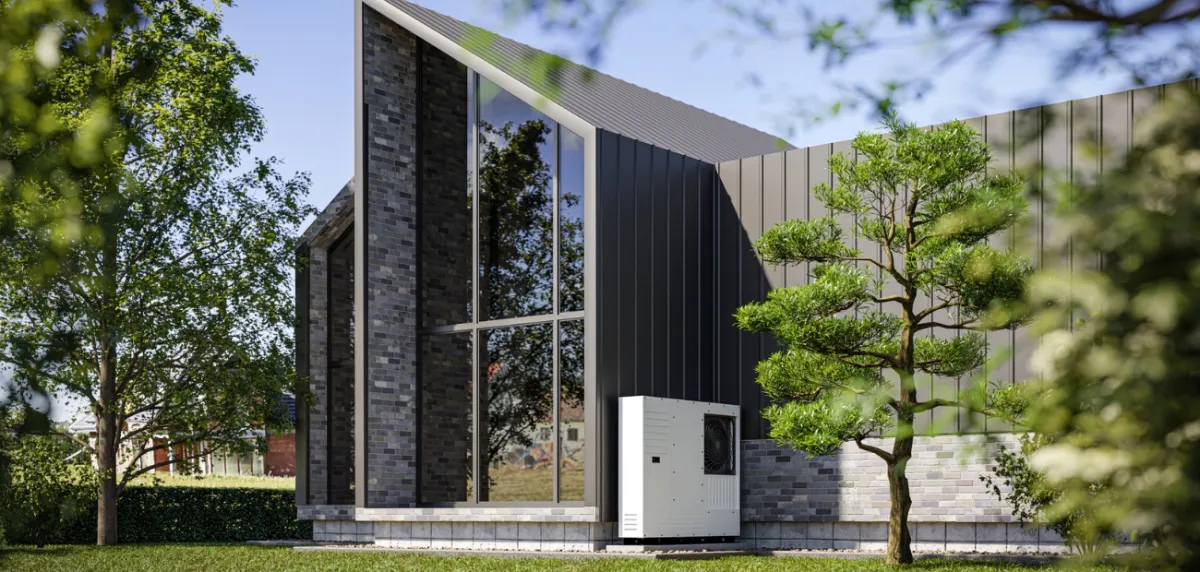Concrete makes an eco-friendly option that offers stylish walls and flooring without excessive upkeep costs. From decorative wall cladding to industrial-style floors, this material provides stylish environments with low maintenance requirements.

Concrete has long been used as a construction mainstay, leading to many Americans to view it solely as functional material. But designers argue that this resilient substance can also add sleek sophistication and exciting texture to new homes and renovation projects.
Another plus for concrete: it is an eco-friendly material, making it an appealing option for the environmentally conscious. According to National Association of REALTORS(r) data, over 50% of real estate professionals reported that their clients have expressed an interest in sustainability.
Sustainable Concrete 101 Given proper consideration to its sourcing, production and construction methods, concrete can be an incredibly sustainable material according to designers.
Concrete’s durability reduces resource consumption over time, notes Danielle Nash of Freemodel(link is external). She adds that at the end of its useful life it can be recycled while its production techniques are energy-efficient.
Concrete offers homeowners several advantages when it comes to saving energy and utility costs.
Bilal Rehman of Bilal Rehman Studio(link is external) in Houston says concrete’s thermal mass properties help regulate indoor temperatures while simultaneously reducing energy consumption. His studio also specializes in interior design services with concrete being an effective means of reflecting sunlight back out into rural areas to mitigate what he terms the urban heat island effect – where city temperatures exceed those found elsewhere in a region.


